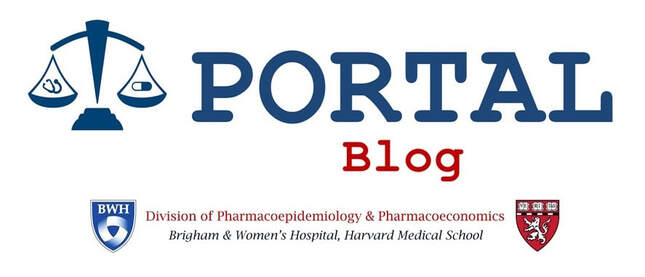|
By William Feldman The true prices of prescription drugs in the US are obscured by complex, private negotiations. Manufacturers set sticker prices (or list prices) of drugs and then negotiate confidential rebates with insurers to arrive at a final “net” price. Patients, physicians, researchers, and policymakers lack basic information about how much a given drug actually costs. With a week remaining before the presidential election, the Trump administration released the “Transparency in Coverage” Final Rule. For prescription drugs, this rule requires, among other things, that insurers disclose list and net prices online. This rule was completed along with several other last-minute executive orders and rules related to drug-pricing. Political and legal challenges may undo many of these other initiatives. But, in a new perspective in the New England Journal of Medicine, we argue that Trump’s transparency initiatives may endure. First, such efforts enjoy bipartisan support, including from President-elect Biden himself. Second, in the absence of Congressional intervention, the Biden administration would have less than a year to complete new rulemaking were it to seek rescission. Finally, the rule is likely to survive court challenge. We examine two recent court cases on other transparency initiatives--Merck vs. the Department of Health and Human Services and American Hospital Association vs. Azar—to explore why. At the heart of these decisions is a low evidentiary requirement on the part of HHS; the Department need not provide definitive proof that transparency will facilitate patient decision-making or lower prices but may instead rely on common-sense analysis and predictive judgment. If implemented, the “Transparency in Coverage” rule would begin to peel away the secrecy of drug pricing. Whether the rule will achieve its intended effects is far from clear. As a recent review on healthcare pricing transparency underscores, empirical data about the benefits of transparency are sparse and conflicting. But, as the Trump-era transparency initiatives continue to be litigated, it may the courts in the end that finally hand researchers and policymakers an opportunity to study the effects of transparency and develop more rational policies moving forward.  William B. Feldman, MD, DPhil, MPH is a postdoctoral fellow at PORTAL and an associate physician at Brigham and Women’s Hospital. Comments are closed.
|
AuthorPORTAL Blog posts are authored by PORTAL faculty, trainees, and collaborators. Archives
January 2022
Categories |
|
Program On Regulation, Therapeutics And Law (PORTAL)
Division of Pharmacoepidemiology and Pharmacoeconomics 1620 Tremont Street, Suite 3030 Boston, MA 02120 |


 RSS Feed
RSS Feed
